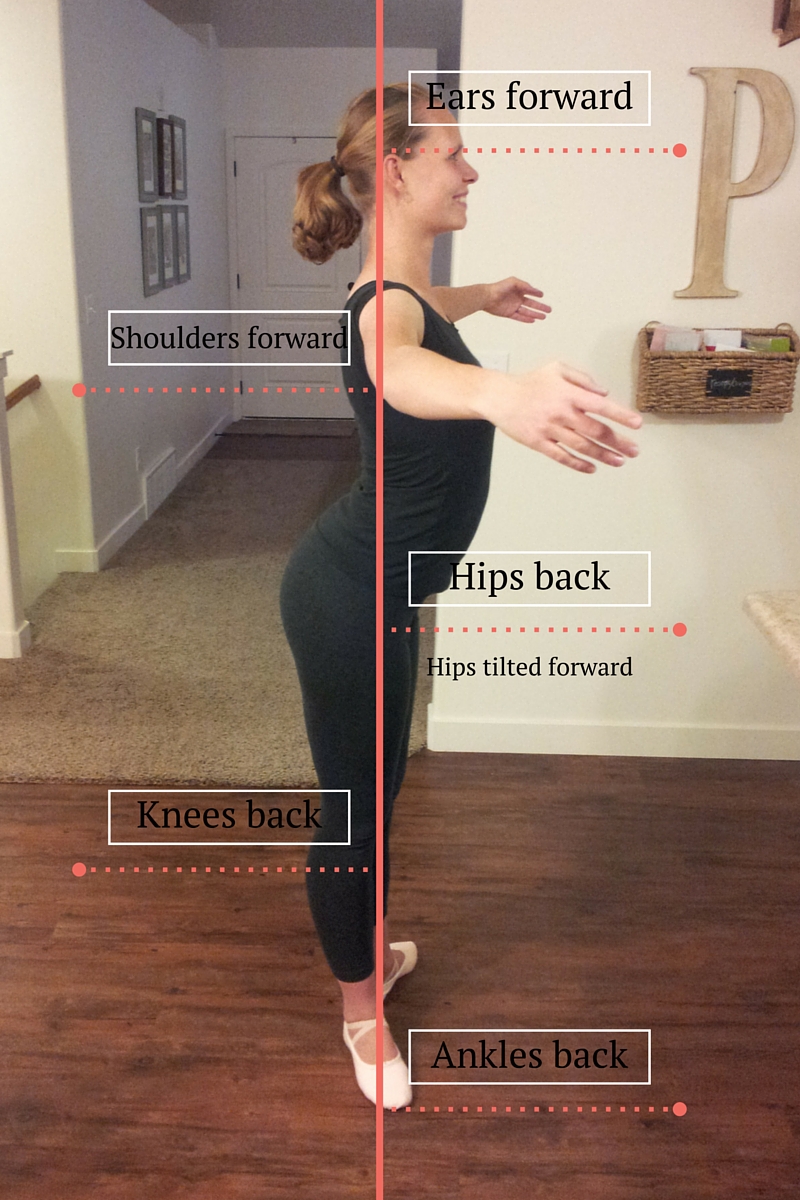Back
Pelvic Floor Disorders in Dancers: The Hidden Struggle
By Shannon Strauch, PTA, STMT-1 on 2/6/2024

Dancing is often perceived as a graceful and effortless art form, but behind the scenes, dancers face a myriad of physical challenges and health issues. Among these, pelvic floor disorders stand out as a significant yet often overlooked concern. Hard impact landings for a jeté, excessive turn outs and long practice hours can lead to tight pelvic floor muscles. Dancers are also trained to "suck in their gut" or to take shallow breaths from their upper ribcage or neck in order to maintain a slim and effortless look, which may affect the diaphragm.
In this blog post, we'll delve into the world of pelvic floor disorders, exploring how they can affect dancers and what steps can be taken to prevent and manage them.
Understanding Pelvic Floor Disorders:
The pelvic floor is a group of muscles, ligaments, and connective tissues that support the bladder, uterus, and rectum. It plays a crucial role in maintaining continence, supporting pelvic organs, and providing stability to the spine and pelvis. Pelvic floor disorders encompass a range of conditions, including pelvic organ prolapse, urinary incontinence, fecal incontinence, and pelvic pain syndromes.Causes and Risk Factors for Pelvic Floor Disorders in Dancers:
Dancers are particularly vulnerable to pelvic floor disorders due to the intense physical demands placed on their bodies. Factors such as repetitive high-impact movements, excessive intra-abdominal pressure, and improper alignment can strain the pelvic floor muscles and lead to dysfunction over time. Additionally, hormonal fluctuations, nutritional deficiencies, and inadequate rest can exacerbate these issues.Common Pelvic Floor Disorders in Dancers:
Pelvic Organ Prolapse: This occurs when the pelvic organs, such as the bladder, uterus, or rectum, descend into the vaginal canal due to weakened pelvic floor muscles. Dancers may experience sensations of pelvic heaviness or pressure, along with urinary or bowel symptoms.
Urinary Incontinence: Stress urinary incontinence, characterized by leakage of urine during activities such as jumping or lifting, is prevalent among dancers. The repetitive impact and strain on the pelvic floor can weaken sphincter control, leading to involuntary urine leakage. Do you notice how many dancers need to use the bathroom before doing leaps across the floor? This could be because they know that this repetitive impact causes them to leak.
Pelvic Pain Syndromes: Conditions like pelvic floor muscle dysfunction or vulvodynia can cause chronic pelvic pain and discomfort in dancers. Overuse injuries, nerve compression, or muscle imbalances may contribute to these syndromes, impacting performance and quality of life.
Prevention and Management Strategies:
Pelvic Floor Muscle Training: Dancers can benefit from targeted pelvic floor exercises to strengthen and stabilize the muscles supporting the pelvic organs. Incorporating exercises such as Kegels, bridges, and pelvic tilts into their routine can improve muscle tone and control. In other case, some dancers may need to stretch their pelvic floor muscles due to hypertonicity of the muscles affecting pain or their ability to contract.
Proper Alignment and Technique: Educating dancers about proper alignment and movement mechanics is essential for minimizing excessive strain on the pelvic floor. Techniques such as engaging the core, diaphragmatic breathing, maintaining neutral spine alignment, and avoiding overexertion can help prevent injuries.


Rest and Recovery: Adequate rest and recovery periods are crucial for allowing the body, including the pelvic floor muscles, to recover from intense training sessions. Dancers should prioritize sleep, hydration, and nutrition to support overall muscle health and repair.
Try Different Dance Styles: While many dancers tend to take a myriad of classes, it's great to step out of your comfort zone. If you are used to the rigid structure of ballet, try out a belly dancing class where the emphasis is on breathwork, rib and pelvic control. Some studies have shown an improvement in urinary incontinence after participating in a belly dancing 2x a week for 12 weeks (An SY, Kim SS, Han G. Effect of belly dancing on urinary incontinence-related muscles and vaginal pressure in middle-aged women. J Phys Ther Sci. 2017 Mar;29(3):384-386. doi: 10.1589/jpts.29.384. Epub 2017 Mar 22. PMID: 28356615; PMCID: PMC5360994.)
Conclusion:
Pelvic floor disorders represent a significant health challenge for dancers, impacting their performance, well-being, and quality of life. By raising awareness of these issues and implementing preventive measures, dancers can protect their pelvic floor health and continue to pursue their passion with strength and resilience. Through a combination of proper training, alignment, and holistic self-care, dancers can maintain a harmonious balance between artistry and physical health in their journey on the stage.
(Images from https://learnaboutballet.wordpress.com/2015/10/27/ballet-basics-posture-and-alignment/)
Read More:
How Chronic Pelvic Congestion in Men Contributes to Prostatitis By Shannon Strauch, PTA, STMT-1 on 12/11/2024 How lymphatic issues can cause symptoms of prostatitis Prostatitis and Tight Pelvic Floor Muscles: A Comprehensive Guide By Shannon Strauch, PTA, STMT-1 on 12/10/2024 How a tight pelvic floor can be the reason for prostatitis symptoms
Are you ready to live pain free?
Request An Appointment